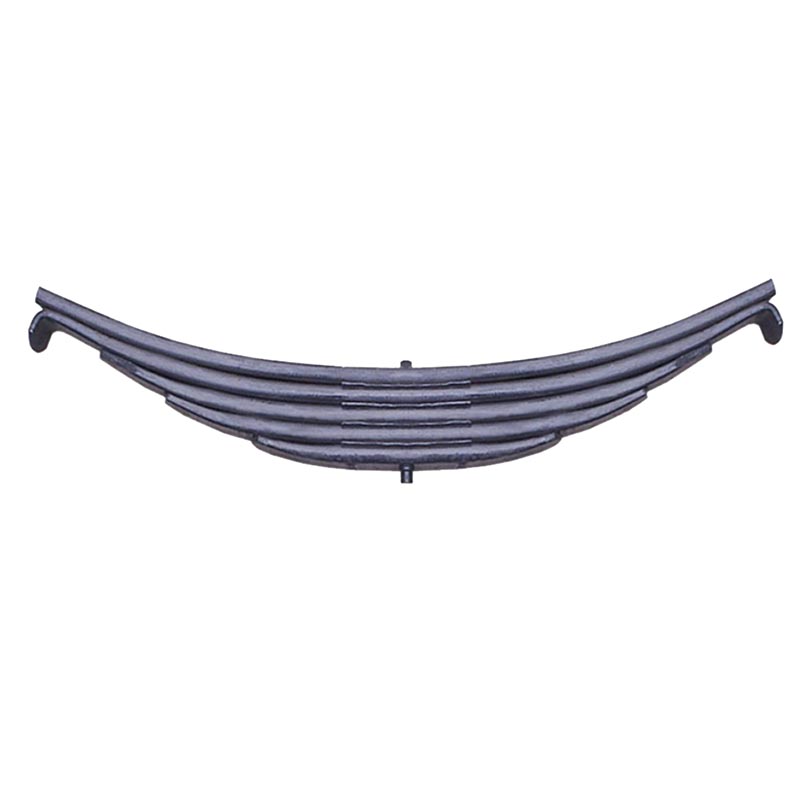Function of Trailer Leaf Springs
2024-06-28
Trailer leaf springs are a type of suspension system commonly used on trailers, particularly utility trailers, boat trailers, and some camper trailers. Here's an overview of trailer leaf springs, their function, components, and typical usage:
Function:
1. Suspension Support: Trailer leaf springs provide support and cushioning between the trailer frame and axle(s), absorbing shocks and vibrations from the road surface.
2. Load Distribution: They help distribute the weight of the trailer and its cargo evenly across the axles, improving stability and handling while towing.
3. Flexibility: Leaf springs are designed to flex and compress as the trailer moves over bumps and uneven terrain, maintaining contact between the tires and the road surface for better traction and control.
Components:
1. Leaf Springs: Made up of multiple thin, curved metal strips (called leaves or blades) stacked on top of each other. The center of the spring typically includes a main leaf, with additional leaves decreasing in length towards the ends. This configuration allows the spring to flex and absorb shocks.
2. Spring Eye: The ends of the leaf springs are connected to the trailer frame and axle(s) through spring eyes or bushings, which allow for movement and pivot as the suspension flexes.
3. U-Bolts and Hardware: U-bolts are used to secure the leaf springs to the axle(s) and provide structural support.
Types:
1. Single Leaf Springs: Found on lighter trailers or as part of a tandem axle setup where each axle has its own set of leaf springs.
2. Multi-Leaf Springs: More common on heavier trailers and provide enhanced load-carrying capacity and stability.
Benefits:
- Durability: Leaf springs are known for their durability and ability to withstand heavy loads and rough road conditions.
- Simplicity: They are relatively simple in design and construction, making them easier to maintain and repair compared to more complex suspension systems.
- Cost-Effectiveness: Leaf springs are cost-effective compared to air suspension or independent suspension systems, making them a preferred choice for many trailer applications.
Maintenance:
- Inspection: Regularly inspect leaf springs for signs of wear, cracks, or deformation. Replace worn-out or damaged springs promptly to ensure safe towing and prevent further damage to the trailer.
- Lubrication: Ensure that spring eyes and bushings are properly lubricated to prevent squeaking and maintain smooth operation.
In summary, trailer leaf springs play a crucial role in providing suspension support, load distribution, and stability for trailers of various sizes and types. Proper maintenance and timely replacement of worn components are essential to ensure safe and efficient towing operations.



